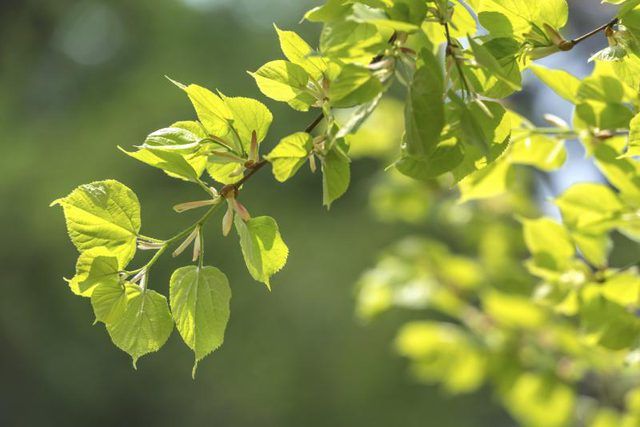Bulbs
Flower Basics
Flower Beds & Specialty Gardens
Flower Garden
Garden Furniture
Garden Gnomes
Garden Seeds
Garden Sheds
Garden Statues
Garden Tools & Supplies
Gardening Basics
Green & Organic
Groundcovers & Vines
Growing Annuals
Growing Basil
Growing Beans
Growing Berries
Growing Blueberries
Growing Cactus
Growing Corn
Growing Cotton
Growing Edibles
Growing Flowers
Growing Garlic
Growing Grapes
Growing Grass
Growing Herbs
Growing Jasmine
Growing Mint
Growing Mushrooms
Orchids
Growing Peanuts
Growing Perennials
Growing Plants
Growing Rosemary
Growing Roses
Growing Strawberries
Growing Sunflowers
Growing Thyme
Growing Tomatoes
Growing Tulips
Growing Vegetables
Herb Basics
Herb Garden
Indoor Growing
Landscaping Basics
Landscaping Patios
Landscaping Plants
Landscaping Shrubs
Landscaping Trees
Landscaping Walks & Pathways
Lawn Basics
Lawn Maintenance
Lawn Mowers
Lawn Ornaments
Lawn Planting
Lawn Tools
Outdoor Growing
Overall Landscape Planning
Pests, Weeds & Problems
Plant Basics
Rock Garden
Rose Garden
Shrubs
Soil
Specialty Gardens
Trees
Vegetable Garden
Yard Maintenance
What is a Basswood?
What is a Basswood?. The basswoods (Tilia spp.), also known as the lindens and the limes, constitute a genus of deciduous hardwood trees native to temperate regions of eastern North America and Eurasia, which host the greatest diversity. U.S. basswoods are sometimes grouped as a single species, the American basswood (Tilia americana), or broken...

The basswoods (Tilia spp.), also known as the lindens and the limes, constitute a genus of deciduous hardwood trees native to temperate regions of eastern North America and Eurasia, which host the greatest diversity. U.S. basswoods are sometimes grouped as a single species, the American basswood (Tilia americana), or broken into three or four species. The American basswood, hardy in U.S. Department of Agriculture plant hardiness zones 3 through 8, is often used as a shade or street tree, but a number of Old World lindens are also widely planted in North America.
Native Basswoods
Basswoods in North America are widely distributed east of the Rocky Mountains. Taxonomists who favor splitting the genus on the continent usually define four species, including the American basswood of the Midwest and Northeast, and the white basswood (Tilia heterophylla), primarily of the Appalachians and hardy in USDA zones 5 through 9. A taxonomic "lumper," meanwhile, noting the minuteness of regional variations and the extent of hybridization among the four trees, would call them all forms of American basswood.
Physical Characteristics
The American basswood is a large hardwood and among the fast-growing trees in the eastern United States. Often 70 to 80 feet tall, the tree may grow even larger -- up to 140 feet tall and nearly 5 feet thick in the trunk -- on favorable sites such as moist coves. Pyramidal and smooth-barked in youth, a basswood matures with a broad-spreading crown and heavily furrowed trunk. Its distinctive foliage and reproductive structures resemble those of other Tilia spp.: The leaves are large, heart-shaped and serrated while the clustered flowers and little round fruits dangle from a prominent, slender bract.
Ecology
White-tailed deer, cottontail rabbits and other browsers feed on basswood sprouts, foliage and twigs while squirrels, grouse and quail are among the creatures that feast on basswood seeds. Basswoods occupy a vast territory in North America. So it comes as little surprise they claim membership in many forest associations. Often they’re simply one component of diverse mixed-hardwood stands, such as in Appalachian cove woods and coastal-plain hammocks. In some regions, however, American basswood is more dominant: perhaps most notably in the Upper Midwest, where it helps compose the great sugar maple-basswood forest. Sugar maple (Acer saccharum) is hardy in USDA zones 4 through 8.
Etymology of "Basswood"
"Linden" is the more common name for the Tilia genus in Europe and Asia. "Basswood" is mainly a North American moniker that stems from an indigenous use of the American basswood’s inner bark. American Indians rendered cord and rope from the tree's phloem, called "bast." The tree came to be called "bastwood" and ultimately "basswood." This New World use of bast mirrors the extraction of jute fiber from an Asian relative of the basswood.
Cultivation
An important lumber tree, American basswood also has been cultivated as an ornamental since the late 1700s. It grows best in partial shade or full sun, and, although it favors moist soil, it can get by in drier sites. The species' large size, though, limits its use in gardens or yards. Somewhat more common along city streets are various Eurasian species favored for their smaller stature and greater urban tolerance; those species include the little-leaf linden (Tilia cordata) and large-leaf linden (Tilia platyphyllos), hardy in USDA zones 3 through 7 and 4 through 6, respectively.